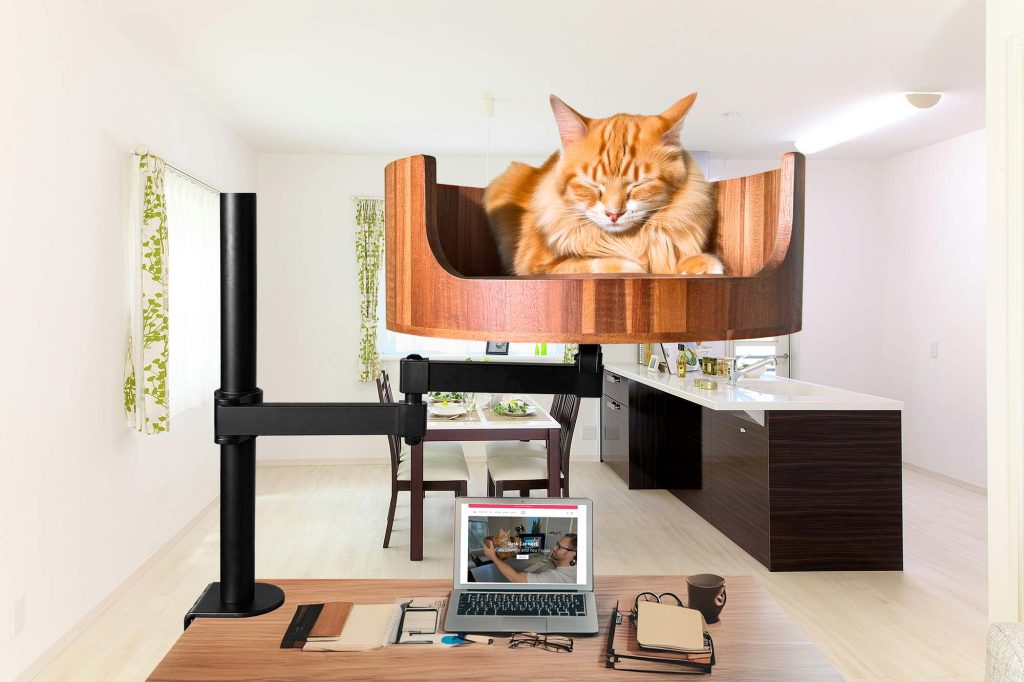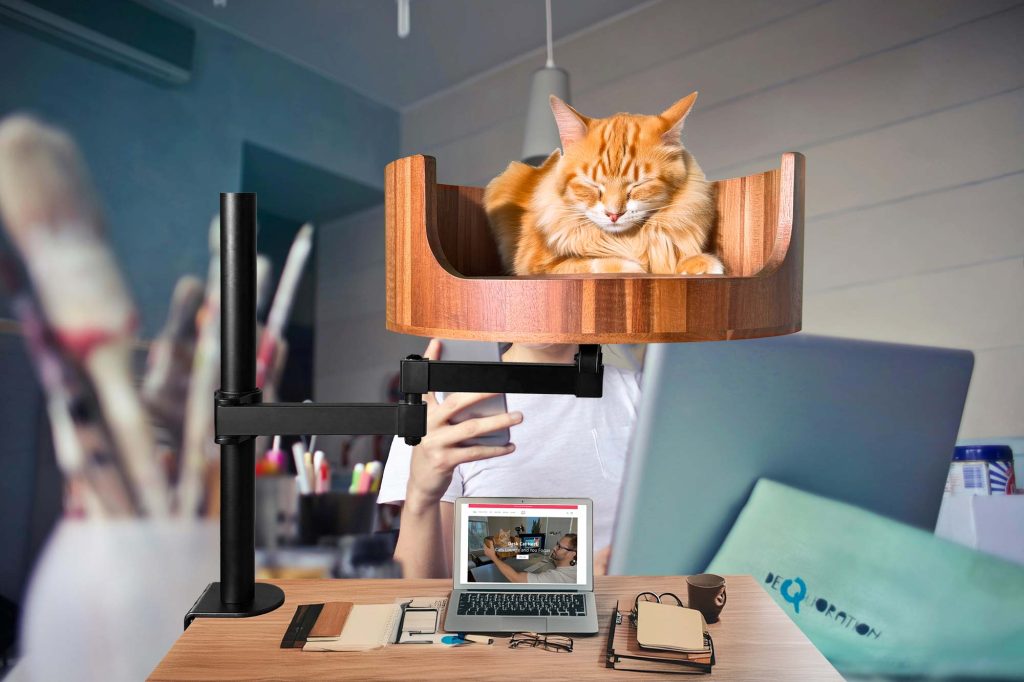Have you ever wondered how old your cat is in human years? Understanding feline aging can help you provide the best care for your beloved pet as they grow older. Just like humans, cats go through different life stages that come with their own set of challenges and needs. In this article, we will explore the concept of cat age in human years, debunking the myth that one cat year is equivalent to seven human years.
From kittenhood to the senior years, each stage of a cat’s life brings unique joys and responsibilities. We will discuss the aging process in cats, including common health issues that may arise with age. By understanding how feline aging works, you can better prepare yourself for the changes that come with each stage of your cat’s life. Whether you have a young kitten full of energy or a senior cat in need of extra care, this article will provide valuable insights into how to support your cat’s well-being at every age.
1. Understanding cat age in human years can help us better care for our feline companions as they age.
2. Cats age at a different rate than humans, with their first year equivalent to around 15 human years.
3. The popular myth of “7 cat years to 1 human year” is not accurate and oversimplifies the aging process in cats.
4. Factors such as breed, genetics, and lifestyle can impact how quickly a cat ages.
5. Regular veterinary check-ups and proper nutrition are essential for ensuring a happy and healthy old age for our cats.
How do cats age compared to humans?
It is a common misconception that one cat year is equivalent to seven human years. In reality, the aging process of cats differs significantly from that of humans. During their first year of life, cats age more rapidly, reaching maturity by the age of one. After that, the rate of aging slows down, with each additional year of a cat’s life being roughly equivalent to an average of four human years. Factors such as breed, genetics, and overall health can also influence how quickly a cat ages.
Signs of aging in cats
As cats age, they may exhibit various physical and behavioral changes that indicate the onset of old age. Common signs of aging in cats include decreased activity levels, sleep disturbances, changes in appetite, weight loss, and dental issues. Senior cats may also experience cognitive decline, leading to confusion, disorientation, and changes in behavior. Regular veterinary check-ups can help identify and address age-related health concerns in cats.
Caring for aging cats
Providing proper care and attention to aging cats is essential to ensure their health and well-being in their later years. This includes maintaining a balanced diet tailored to their specific nutritional needs, regular exercise to keep them active and maintain muscle mass, and appropriate grooming to support overall hygiene and skin health. Senior cats may also require additional veterinary care, such as dental cleanings, vaccinations, and monitoring for chronic conditions like kidney disease or arthritis.
Frequently Asked Questions
What is the Desk Cat Nest and how does it relate to a cat’s age in human years?
The Desk Cat Nest is a cozy and comfortable bed for your feline friend to relax in. While it doesn’t directly relate to a cat’s age in human years, providing a comfortable sleeping space can help to support your cat’s overall well-being regardless of their age.
How can I determine my cat’s age in human years?
To estimate your cat’s age in human years, you can use the general guideline of 15 human years for the first year of a cat’s life, 9 years for the second year, and 4 years for each year after that. Keep in mind that this is a rough estimate and individual cats may age differently.
Can the Desk Cat Nest help my older cat sleep more comfortably?
Absolutely! The Desk Cat Nest is designed to provide a soft and supportive resting place for cats of all ages. Older cats, in particular, may benefit from the extra cushioning and warmth that the nest provides, helping them to sleep more comfortably.
Is the Desk Cat Nest easy to clean?
Yes, the Desk Cat Nest is designed for easy cleaning. The cushion cover is removable and machine washable, while the nest itself can be wiped down with a damp cloth. Keeping the nest clean is important for maintaining your cat’s health and comfort.
In conclusion, choosing a Desk Cat Bed for your feline friend can greatly benefit their overall health and well-being, ultimately helping them age gracefully in human years. The elevated design of the desk cat bed allows for better circulation and joint support, reducing the risk of age-related issues such as arthritis. Additionally, the cozy and secure environment provided by the bed can help reduce stress and anxiety, promoting a longer and happier life for your beloved cat. Investing in a Desk Cat Bed is a valuable choice that can make a significant difference in your cat’s quality of life as they age.


